You've likely encountered the frustration of capturing microscopic details only to find parts of your image out of focus. In 2025, focus stacking software has become essential for microscope photography, transforming blurry specimens into crystal-clear compositions. Whether you're a research scientist or hobbyist microscopist, choosing the right software can make the difference between mediocre and professional-quality results. Let's explore the top five solutions that experts consistently recommend for achieving perfect focus.
USB Digital Microscope 40X to 1000X with LED Magnification
For microscope photographers seeking an affordable entry point into focus stacking, the USB Digital Microscope 40X to 1000X offers versatile magnification capabilities at just $21.95. You'll find broad compatibility with Windows, Mac, Linux, and Android devices, though it's not compatible with iOS.
While the microscope features 8 LED lights and can capture both photos and videos, you'll need to work around some limitations. The basic stand can be unstable at higher magnifications, and the 640×480 resolution might not meet professional standards. However, with its easy setup and user-friendly software options like Amcap for Windows and Photo Booth for Mac, it's an accessible tool for students, hobbyists, and casual photographers exploring focus stacking.
Best For: Students, hobbyists, and casual users seeking an affordable entry-level digital microscope for basic magnification tasks like examining coins, insects, or electronic components.
Pros:
- Wide device compatibility across Windows, Mac, Linux, and Android systems
- Very affordable price point at $21.95 with good basic functionality
- Easy setup and user-friendly software options with built-in LED lighting
Cons:
- Low photo resolution (640×480) limits detailed work capabilities
- Unstable lightweight stand makes focusing difficult at higher magnifications
- Limited LED light control with only on/off functionality, no gradual adjustment
Elikliv 4K HDMI Digital Microscope (EM4K-AF)
Professional electronics repair technicians and PCB inspectors will appreciate the Elikliv EM4K-AF's impressive 52MP imaging capabilities and AI-powered autofocus system. With 4K UHD video recording and a TOF sensor that adjusts focus within 2 seconds, you'll capture intricate component details effortlessly.
The 10.1-inch IPS display and flexible cantilever stand make extended inspection sessions comfortable, while the 360° rotation helps you examine components from any angle. Though the fixed focal length creates a narrow depth of field, the microscope's autofocus technology compensates well. You'll find the HDMI/USB outputs particularly useful for documenting your work on external displays or computers.
Best For: Professional electronics technicians, PCB inspectors, and hobbyists who need high-resolution imaging and documentation capabilities for detailed component analysis.
Pros:
- Superior 52MP imaging and 4K UHD video capture for extremely detailed component inspection
- Fast AI-powered autofocus with TOF sensor adjusts within 2 seconds
- Versatile mounting system with 360° rotation and comfortable 10.1-inch IPS display
Cons:
- Fixed focal length results in a narrow depth of field
- Cumbersome manual focus controls when needed
- Awkward positioning of built-in lighting and AC power cable
Elikliv 4K Digital Autofocus Microscope (EM4K-AF)
Digital microscopy enthusiasts seeking exceptional autofocus capabilities will find the Elikliv 4K Digital Autofocus Microscope (EM4K-AF) an impressive solution. With its AI-powered TOF sensor, you'll achieve precise focus in just 2 seconds, while capturing stunning 4K UHD videos and 52MP images at up to 2000X magnification.
The 8-inch IPS display and dual gooseneck lighting system provide excellent visibility for coin collecting and detailed inspections. You'll appreciate the user-friendly interface, remote control operation, and versatile HDMI/USB outputs. While some users note concerns about plastic components, the microscope's 4.7-star rating reflects its strong performance in both professional and home settings.
Best For: Professional coin collectors, lab technicians, and hobbyists who need high-quality digital microscopy with efficient autofocus capabilities and detailed 4K imaging.
Pros:
- Advanced AI-powered autofocus system with 2-second focusing speed
- Impressive 52MP camera with 4K video capabilities and 2000X magnification
- User-friendly interface with remote control and versatile output options
Cons:
- Limited battery life requiring frequent recharging
- Some concerns about plastic components affecting durability
- Short AC adapter cord length restricts placement flexibility
WiFi Digital Handheld Microscope 50-1000x with Metal Stand
Microscope enthusiasts seeking a versatile imaging solution will find exceptional value in the WiFi Digital Handheld Microscope with its 50-1000x magnification range and 4K resolution capabilities.
You'll appreciate the seamless wireless connectivity across multiple devices, from iPhones to Windows PCs, with virtually no lag when fully charged. The microscope's 8 adjustable LED lights and metal stand guarantee stable, well-lit observations of coins, stamps, and circuit boards. While it's not designed for cellular-level examination, you'll get crisp images for general magnification tasks. The 4-hour battery life and included storage case make it ideal for both field work and home use.
Best For: Hobbyists, educators, and DIY enthusiasts who need a portable digital microscope for examining small objects like coins, stamps, circuit boards, and insects with wireless connectivity to various devices.
Pros:
- High-quality 4K resolution with 50-1000x magnification range for detailed imaging
- Versatile device compatibility (iOS, Android, Windows, Mac) with lag-free WiFi connectivity
- Sturdy metal stand and adjustable LED lighting system for stable, well-lit observations
Cons:
- No auto-focus feature, requiring manual adjustment especially at higher magnifications
- Not suitable for professional-level cellular structure examination
- Limited battery life of 4 hours when using wireless features
Skybasic 50X-1000X Digital Wireless Microscope with WiFi
For hobbyists and students seeking an affordable entry into microscopic photography, the Skybasic 50X-1000X offers wireless versatility through its WiFi connectivity and mobile device compatibility. You'll capture images at 1920×1080 resolution on smartphones or 720P on computers using the "Max-see" app for iOS/Android or included software for Windows/Mac.
The microscope's 8 adjustable LED lights and 2MP HD CMOS sensor help you achieve clear, detailed photos. While the included stand can be wobbly, the lightweight design makes it portable for field use. At just 10.8 ounces, you'll find it easy to handle, though it's best suited for educational and recreational use rather than professional applications.
Best For: Students, hobbyists, and curious minds seeking an affordable, portable digital microscope for basic educational exploration and casual microscopic photography.
Pros:
- Wide compatibility across multiple devices and operating systems through WiFi and USB connections
- High-resolution imaging capabilities with adjustable LED lighting for clear detail capture
- Lightweight and portable design makes it ideal for field use and educational demonstrations
Cons:
- Stand stability issues can make steady viewing challenging when used handheld
- Not suitable for professional or advanced scientific applications
- WiFi connectivity may be inconsistent and requires different apps/software depending on device
Factors to Consider When Choosing Focus Stacking Software for Microscope Photography
When selecting focus stacking software for microscope photography, you'll need to check if it's compatible with your microscope's image capture system and operating platform. You should evaluate the software's processing speed for large image sets and whether you prefer automated stacking or manual control over the process. Consider the available output formats for your final images and the depth analysis tools that'll help you achieve the most detailed results from your microscopic specimens.
Software Compatibility Requirements
Several critical compatibility factors need careful consideration before investing in focus stacking software for your microscope photography setup. First, you'll need to confirm that the software runs smoothly on your operating system, whether you're using Windows, Mac, or Linux. Check if it integrates with your microscope's native software to guarantee seamless operation.
Your software should handle multiple image formats, including JPEG, TIFF, and RAW files, giving you flexibility in your workflow. If you're planning to use live view or direct capture features, verify that these capabilities are supported for your specific microscope model. Don't forget to evaluate the availability of user guides, tutorials, and technical support resources – they'll prove invaluable when you need assistance or want to optimize your stacking process.
Image Processing Speed
Image processing speed stands as an essential factor when selecting focus stacking software for microscope photography. You'll want software that can handle high-resolution microscope images efficiently, especially when working with multiple layers that need to be combined into a single sharp image.
Look for software that utilizes multi-core processing capabilities, as this will greatly reduce your rendering times. When evaluating options, consider how the software manages memory usage during processing, as this directly impacts performance. You'll also need to balance your file formats and sizes – while larger files provide better quality, they can slow down processing considerably. The best software solutions optimize these elements, allowing you to maintain high image quality without sacrificing processing speed, ultimately helping you work more productively with your microscope photography.
Automation Vs Manual Control
Choosing between automated and manual focus stacking represents a critical decision that'll impact your microscope photography workflow. If you're handling high-volume microscope imaging, automated systems can save you significant time by capturing and integrating multiple focal points with minimal intervention.
You'll find that automated software's built-in algorithms can detect subject depth and adjust focus points dynamically, reducing alignment errors. However, if you need precise control over specific details or are working with complex specimens, manual control might be your better option. While it requires more time and expertise, manual stacking lets you fine-tune each focal point for artistic or scientific accuracy.
Consider your experience level and project requirements when deciding. If you're new to focus stacking, automation can help you achieve reliable results faster, while manual control offers creative freedom for advanced users.
Output File Formats
Beyond automation choices, the file formats your focus stacking software supports will shape your microscope photography workflow. You'll want software that handles common formats like JPEG, TIFF, and PNG to guarantee flexibility when editing and sharing your work.
Look for programs that support RAW file formats, as they'll give you more control during post-processing by preserving valuable image data. You'll also benefit from batch processing capabilities, which let you export multiple images simultaneously in your preferred formats.
Consider software that offers customizable output settings for resolution and compression. This control helps you balance image quality with file size. Additionally, verify your chosen software integrates smoothly with your favorite editing tools – this compatibility will streamline your workflow and make post-processing more efficient.
Depth Analysis Tools
When evaluating focus stacking software for microscope photography, powerful depth analysis tools become vital for creating sharp, detailed images. You'll want software that offers both automatic and manual control over focal point selection and stacking order, giving you flexibility in your workflow.
Look for programs that include intelligent alignment algorithms that can automatically blend your images. This feature saves you considerable time, especially when you're working with high-magnification shots. The best software will analyze depth information across your image series to identify ideal focus layers, ensuring maximum clarity in your final output.
Consider tools that let you specify precise focal points and adjust blending parameters. These controls are essential for achieving professional results in microscope photography, where even minor focus inconsistencies can impact your documentation quality.
Frequently Asked Questions
How Long Does It Take to Learn Focus Stacking Software?
You'll master basic focus stacking software in 2-3 hours, but becoming truly proficient takes 1-2 weeks of regular practice. Most programs have tutorials that'll help you learn the essential features quickly.
Can Focus Stacking Software Work With Time-Lapse Microscopy Videos?
Yes, you'll find that many focus stacking programs can process time-lapse microscopy videos. They'll combine multiple frames at different focal points to create sharp, detailed sequences throughout your time-lapse recording.
Are There Free Alternatives to Professional Focus Stacking Programs?
Yes, you'll find several free focus stacking options like CombineZP, PICOLAY, and ImageJ. While they're not as feature-rich as paid software, they'll still help you create sharp, fully-focused composite images effectively.
Which File Formats Are Compatible With Focus Stacking Software?
You'll find most focus stacking software supports common image formats like RAW, JPEG, TIFF, and PNG. For best results, you should shoot in RAW format to preserve maximum image quality during the stacking process.
Does Focus Stacking Software Require Specific Computer Hardware Specifications?
You'll need a decent processor and sufficient RAM (8GB minimum) to run focus stacking software smoothly. While most software works on standard computers, larger image sets benefit from faster processors and more memory.
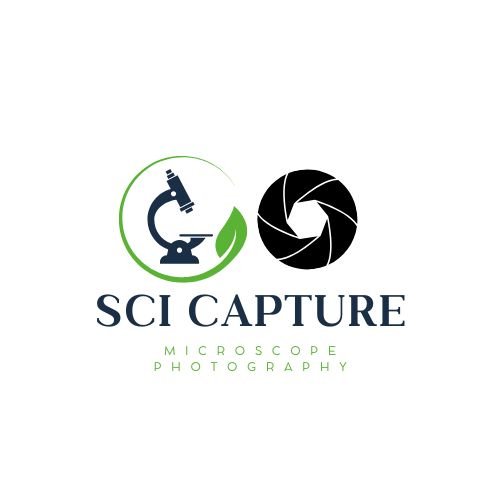
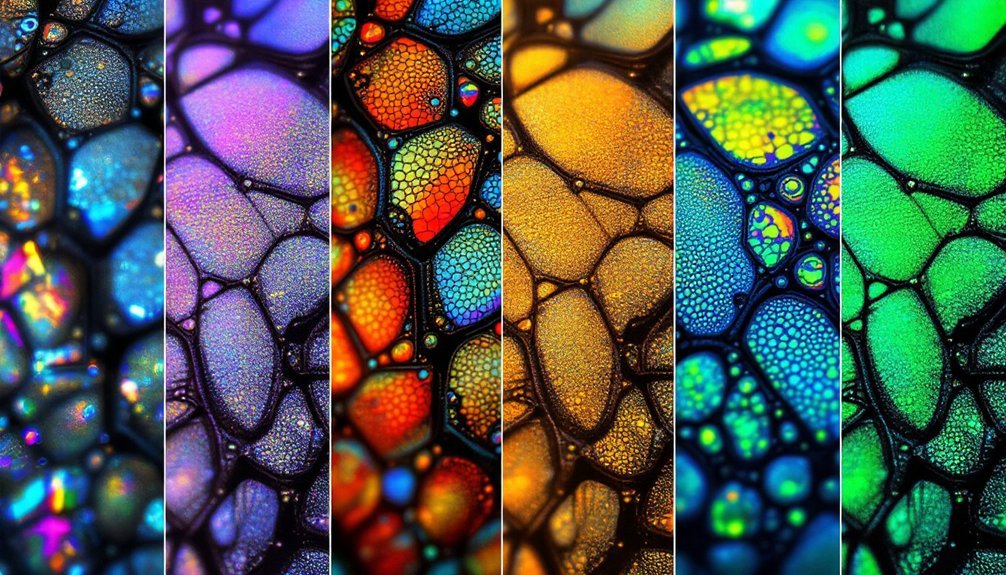
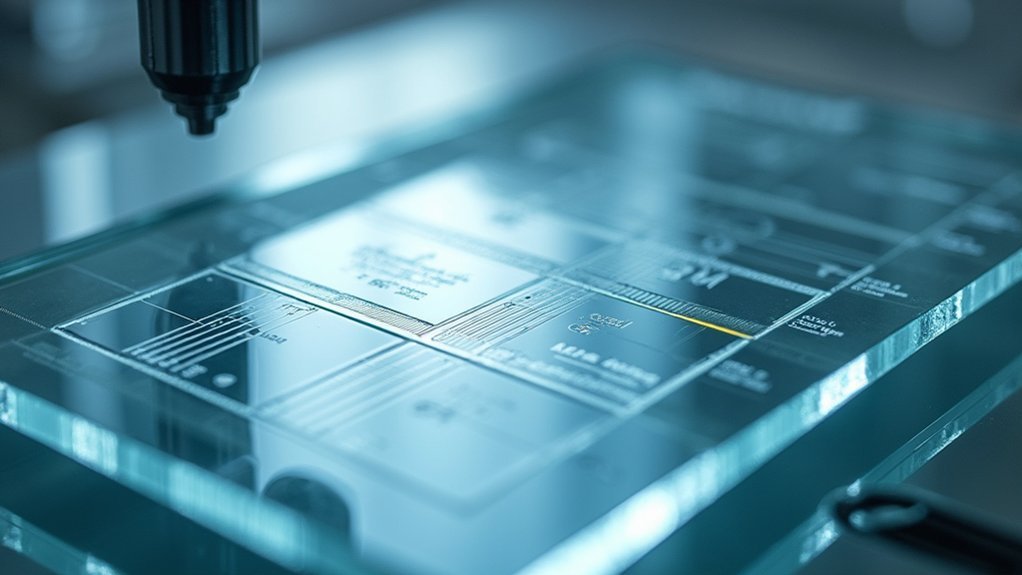
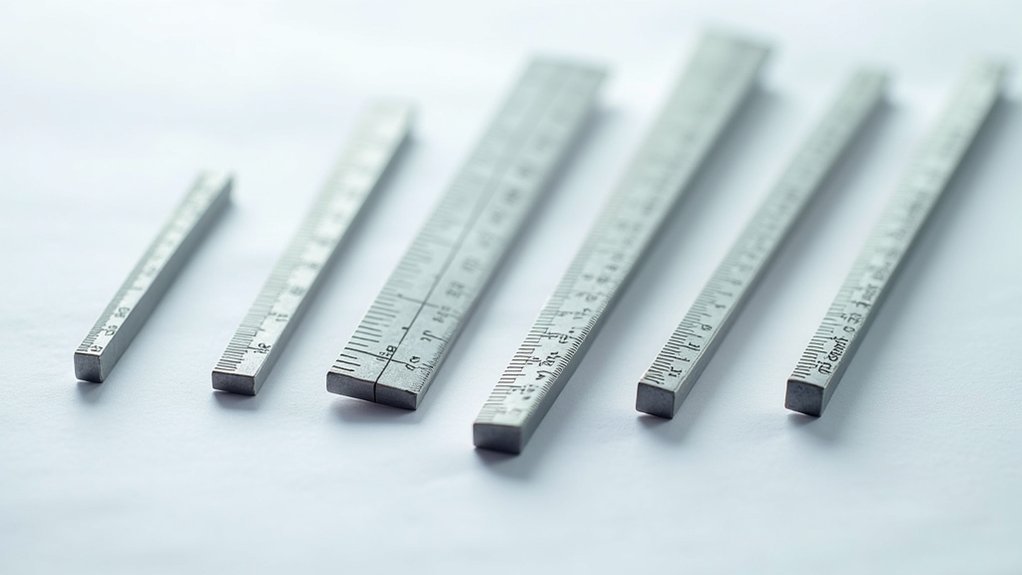
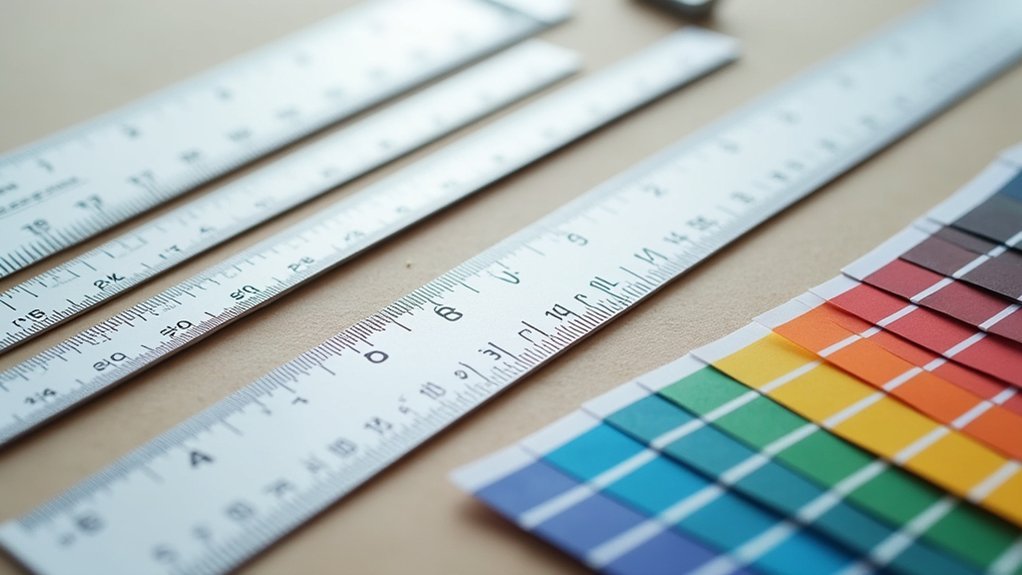
Leave a Reply